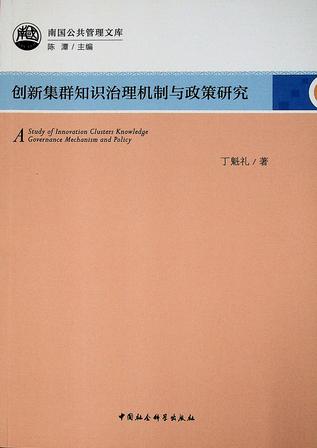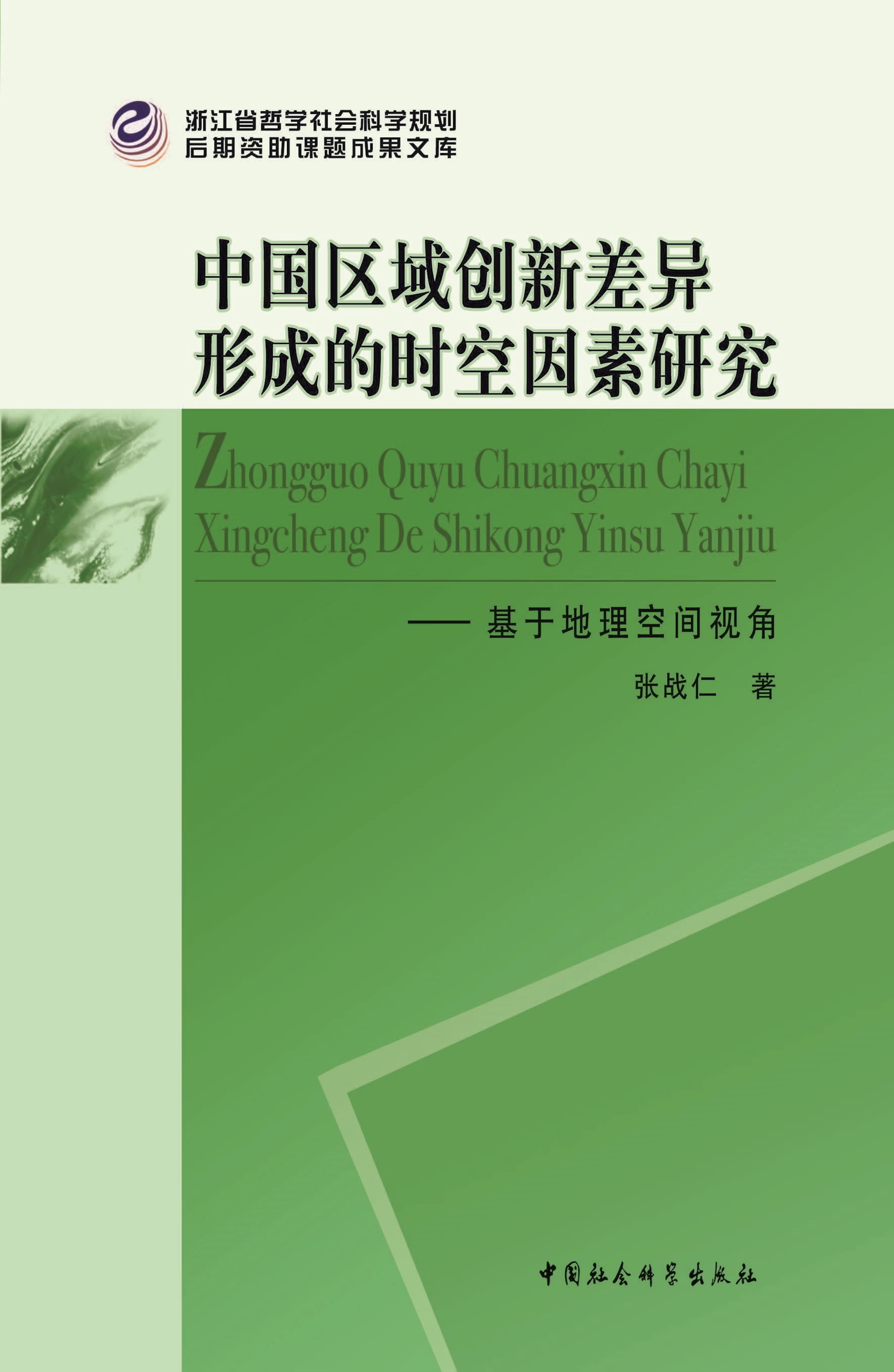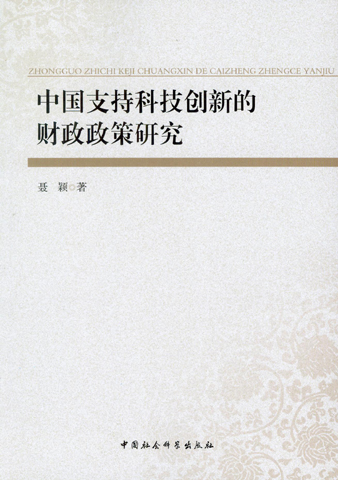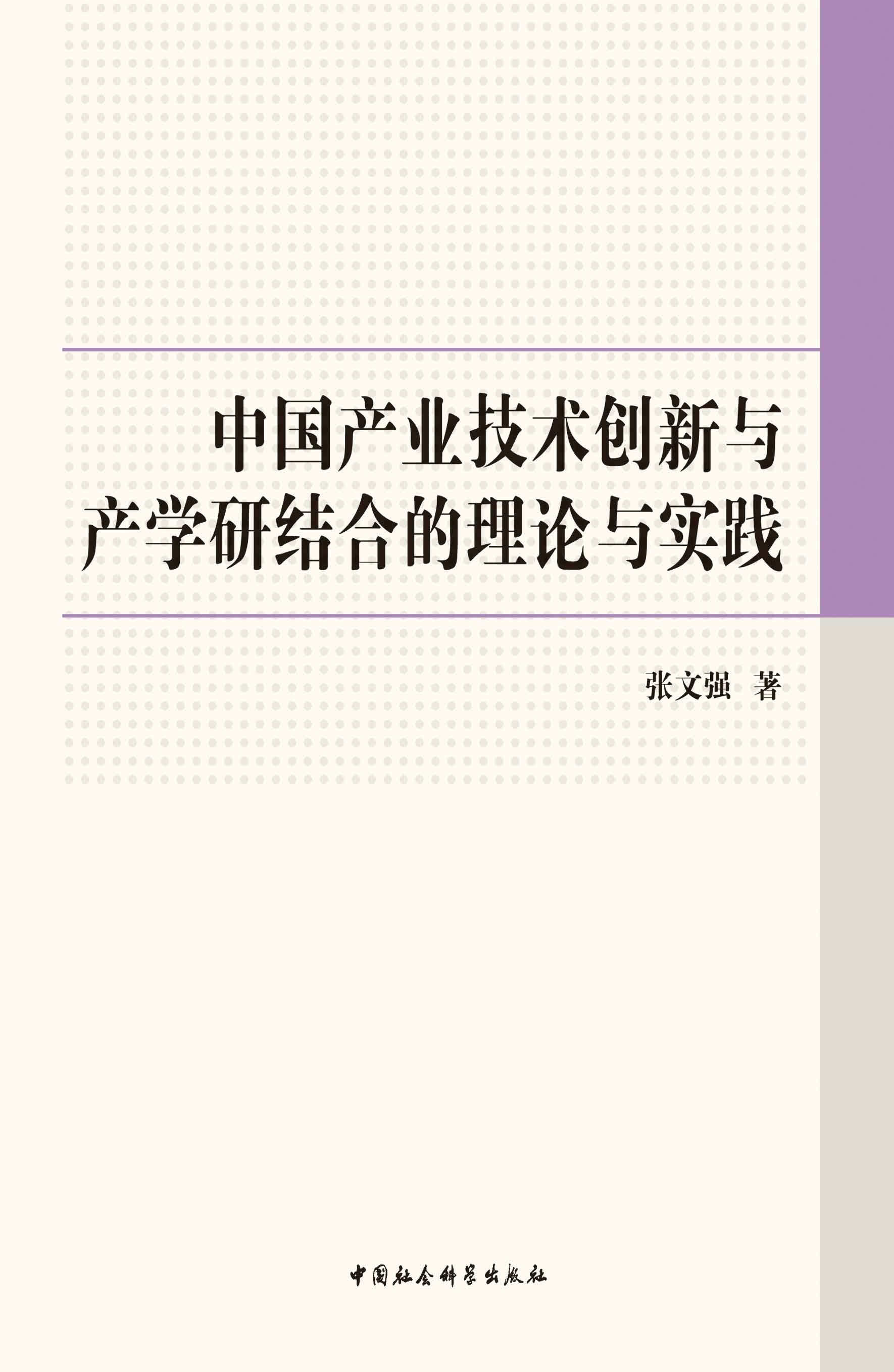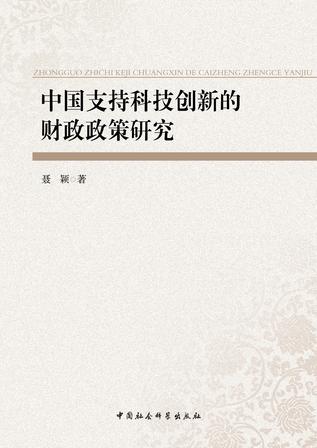内容简介
作者简介
目录
Knowledge is the most important strategic asset,and learning is the utmost strategic action.The fostering and development of innovation clusters can influence regional and even national competence.To cultivate innovation clusters has gained wide recognition among the decision-makers and academic world as an important factor that helps build an innovative nation and boost national competence.Intensive learning of technology and knowledge,construction of suitable innovation cluster knowledge system,and knowledge governance mechanism are the three crucial criteria in the formation innovation clusters.Innovation cluster is defined as the geographical or technological-spatial concentration of innovative organizations(enterprises,knowledge centers and related entities)that feature mass production of knowledge and effective interaction with outside world.No matter how the technical terms change,such as knowledge clusters,technology clusters,intellectual clusters,or knowledge-based clusters,any organization concentration that meet the above criteria can be seen as an innovation cluster.Innovation cluster studies absorbed the core findings of innovation theories,especially of the innovation systems studies;it also integrated in theories from Regional Theory,Industrial district,Industry Cluster and Innovation Geography.Innovation cluster studies are carried out in two dimensions:geographical and technological-space.Is “innovation” modifying “cluster”,or the other way around?Such debate reflects the focusing of different research dimension.One-sided research will later compromise our theoretical exploration and application development.Are the following-up countries advantaged or disadvantaged?The debate is actually a question about whether the following-ups are equipped with the learning abilities of knowledge,technology,and institution,and how well they can do them.Considered from development of innovation clusters,such questions can be interpreted into:how is knowledge effectively produced,shared,coordinated,and integrated,or in other words,the knowledge governance mechanism of innovation clusters.Based on the knowledge attribute(knowledge stock)and the organizational attribute(alliance stock),we are able to find out models of innovation cluster in different phases,and duly select a suitable knowledge governance mechanism:should we increase supply of knowledge volume,or the connection between knowledge suppliers and users,or build a knowledge sharing platform that enables common culture and language.Construction process of knowledge platform can reflect different order and system in innovation clusters.In building of innovation cluster credit platform in ZhongGuanCun,the Management Commission acted as the major initiator and implementer,which showed the leading position of public hierarchy.On the other hand,in the building of credit platform in Hangzhou E-commerce innovation cluster,leading private companies took the controlling position,a clear demonstration of private system.Under the influence of public and private powers,the subjects made spiral developments of knowledge,namely socialisation,externalisation,internalisation,recombination.Apart from usual leading companies,regional research institutions are also typical organizations active in knowledge management.The fostering of innovation clusters requires the connection and coupling of innovation elements,which is achieved through coordination and integration among the subjects in the clusters.Bearing all these in mind,the study attempts to study the constitution of organizations in innovation clusters,competition between organizations,and the development approaches of them.Institution and knowledge,organization and knowledge are both interacting;to observe on a higher scale,knowledge,organization and system can even be seen as a co-evolution system.Their co-evolution existence can be described as:led by the existing knowledge and cultural heritage,and recognized by the organization,the nation authorities initiates institution reform that directly or indirectly boosts the increasing in knowledge production and quality improving.Innovations in micro-organizations are enabled through integration of entrepreneurs,which in turn rewards the knowledge production entity.On the other hand,challenge and variety triggered changes in social knowledge and ideas.
全部显示∨
丁魁礼,1980年生于安徽省亳州市,管理学博士,毕业于华中科技大学公共管理学院,现就职于广州大学公共管理学院,广州大学大都市治理研究中心研究员,《广州公共管理评论》责任编辑,研究方向为科技创新政策、知识治理、创新集群与区域发展。近五年来,在《科研管理》、《科学学研究》、《自然辩证法研究》、《研究与发展管理》、《创新政策与管理(中国人民大学报刊复印资料)》等杂志发表系列学术论文,现主持教育部人文社科青年基金项目、广东省自然科学基金项目、广东省高校创新人才培养项目等。
全部显示∨
第一章 导论第一节 研究背景、问题陈述与研究意义
第二节 研究思路与研究方法
第三节 理论基础与概念界定
第四节 本书的主要内容与结构安排
第二章 文献综述:从知识问题到创新集群知识治理第一节 从知识问题到知识治理
第二节 创新集群框架下讨论知识治理的恰当性与可能性
第三节 国内创新集群及相关研究文献综述
第四节 本章小结
第三章 创新集群:研究谱系、分析维度与本质含义第一节 创新集群的研究谱系
第二节 创新集群的分析维度
第三节 创新集群的本质含义
第四节 创新集群的分析层面、边界与方法
第五节 本章小结
第四章 知识库、联盟库与创新集群知识治理机制选择第一节 知识属性、组织属性与知识治理机制选择
第二节 创新集群知识治理机制选择的研究路径
第三节 基于知识库和联盟库的集群形态二维框架
第四节 基于集群形态的知识治理机制选择
第五节 法国索菲亚·安提波利斯ICT创新集群案例分析
第六节 本章小结
第五章 创新集群知识治理的多维螺旋机制第一节 创新集群中集体行动的需求分析
第二节 公共秩序、知识平台与知识螺旋:以中关村信用知识平台为例
第三节 私人秩序、知识平台与知识螺旋:以杭州电子商务集群为例
第四节 本章小结
第六章 创新集群知识治理的组织实施机制第一节 创新集群中的组织构成
第二节 创新集群中桥梁组织的连接功能与创新功能
第三节 创新集群中组织间的竞争与合作
第四节 创新集群中组织发育路径
第五节 本章小结
第七章 创新集群知识治理的共生演化机制第一节 创新集群中的组织与制度的相互依存关系
第二节 创新集群中制度质量对知识增益的影响
第三节 创新集群中知识、组织与制度的共生演化
第四节 本章小结
第八章 创新集群知识治理的公共政策框架第一节 政府与公共政策在创新集群知识治理中的角色配置
第二节 战略需求决定了“集中力量办大事”的知识生产制度
第三节 多样性的适存性质决定了自由探索的知识生产制度
第四节 集中力量办大事与自由探索之间竞争与互补的制度结构
第五节 本章小结
第九章 结语第一节 主要研究结论
第二节 主要创新点
第三节 研究展望
参考文献
后记
